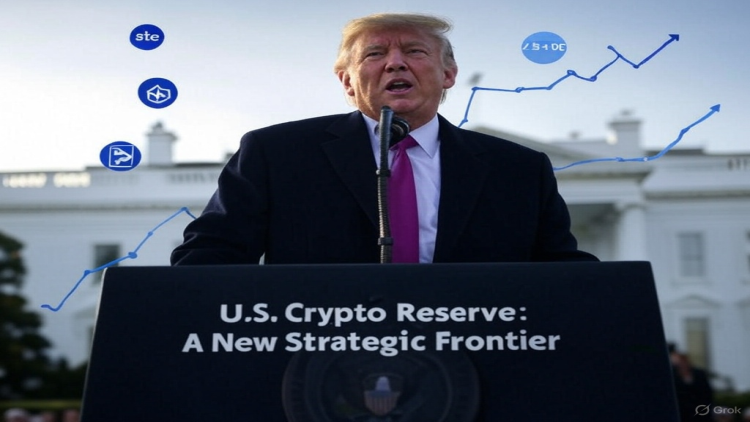The cryptocurrency market remained volatile on Tuesday as Trump’s escalating trade war rhetoric and inflation concerns heightened investor uncertainty.
Bitcoin (BTC) gained 4% in the past 24 hours, rising to around $81,700 after briefly dipping below $79,000 for the first time since November 2024. Meanwhile, Ethereum (ETH) fell 0.5% to $1,915, XRP rose 3% to $2.12, and Solana (SOL) surged 6% to $125, according to CoinGecko.

BTC Price
The broader cryptocurrency market recorded a 0.7% drop in total market capitalization, bringing it down to $2.73 trillion. Yesterday’s widespread sell-off led to $731 million in liquidations across 258,000 traders, according to CoinGlass data. Bitcoin (BTC) accounted for $234 million of the liquidations, followed by Ethereum (ETH) at $204 million, while altcoins contributed $79 million.
Ongoing Uncertainty
Experts note that regulatory uncertainty, looming tariffs, and hotter-than-expected macroeconomic data have fueled volatility, triggering widespread sell-offs and sharp price swings across major digital assets.
“On Tuesday, [Bitcoin] found support after five consecutive sessions of losses, during which its price fell below $78,000, marking a four-month low,” said Quasar Elizundia, Research Strategist at Pepperstone, noting that this pullback was driven by global recession fears and international trade tensions, which have also impacted other risk assets like equities.
Despite the rebound, Elizundia warned that bearish pressure remains, with institutional demand for Bitcoin still weak. “This institutional dynamic is crucial, as stronger participation from investment funds and other significant entities could bring greater price stability and serve as a catalyst for long-term bullish momentum,” he said.
The research analyst also pointed to the recent capital outflow from Bitcoin-linked ETFs. “Yesterday alone, $278 million in withdrawals were recorded, bringing the monthly total to $1 billion,” Elizundia said. “These flows suggest that many investors, concerned about ongoing volatility and the possibility of further corrections, have chosen to reduce their exposure to digital assets.”







Comment